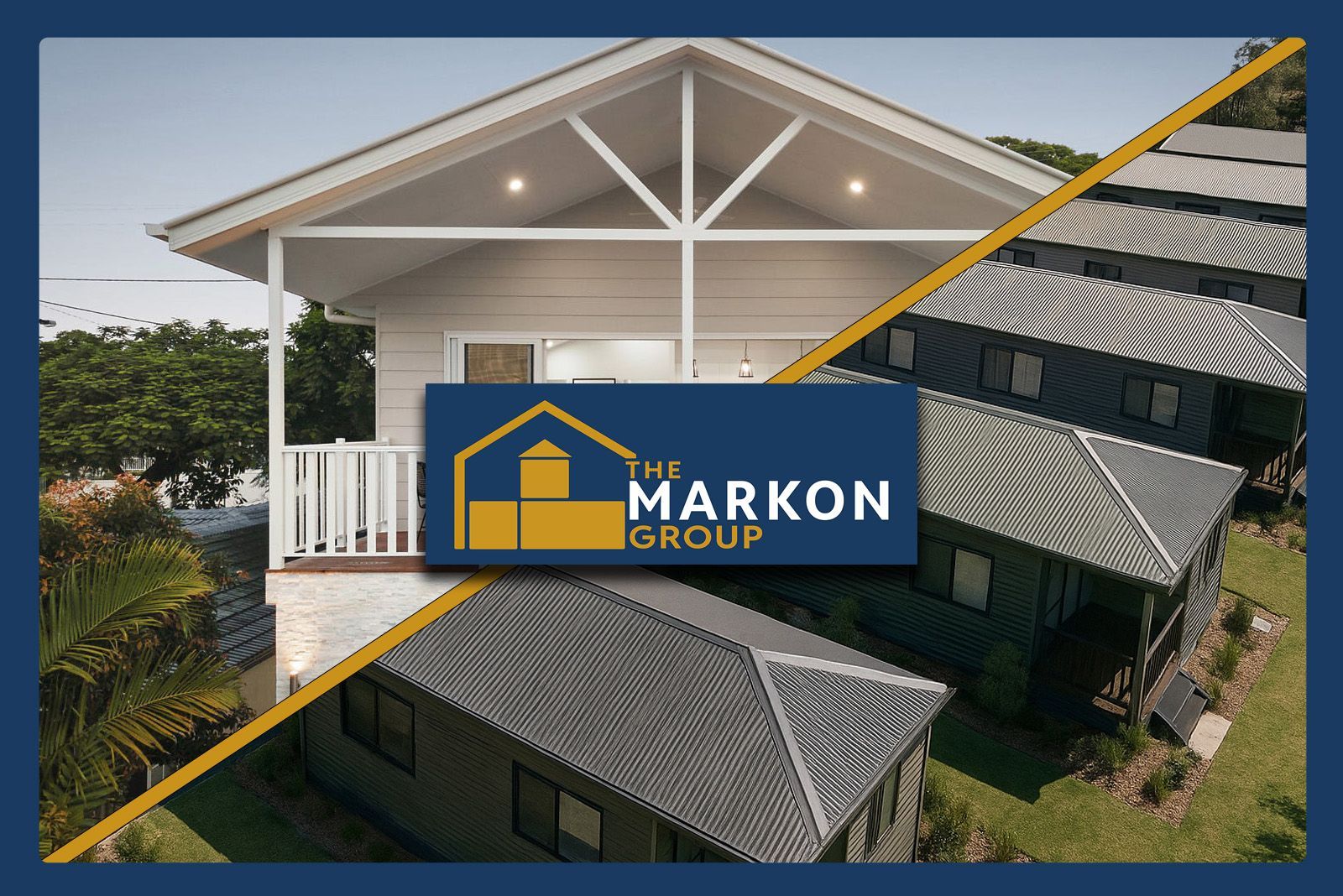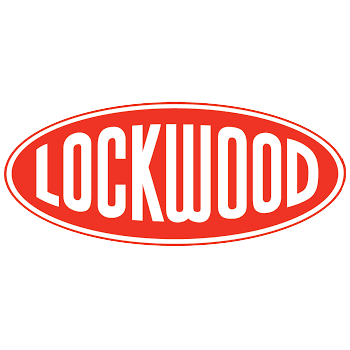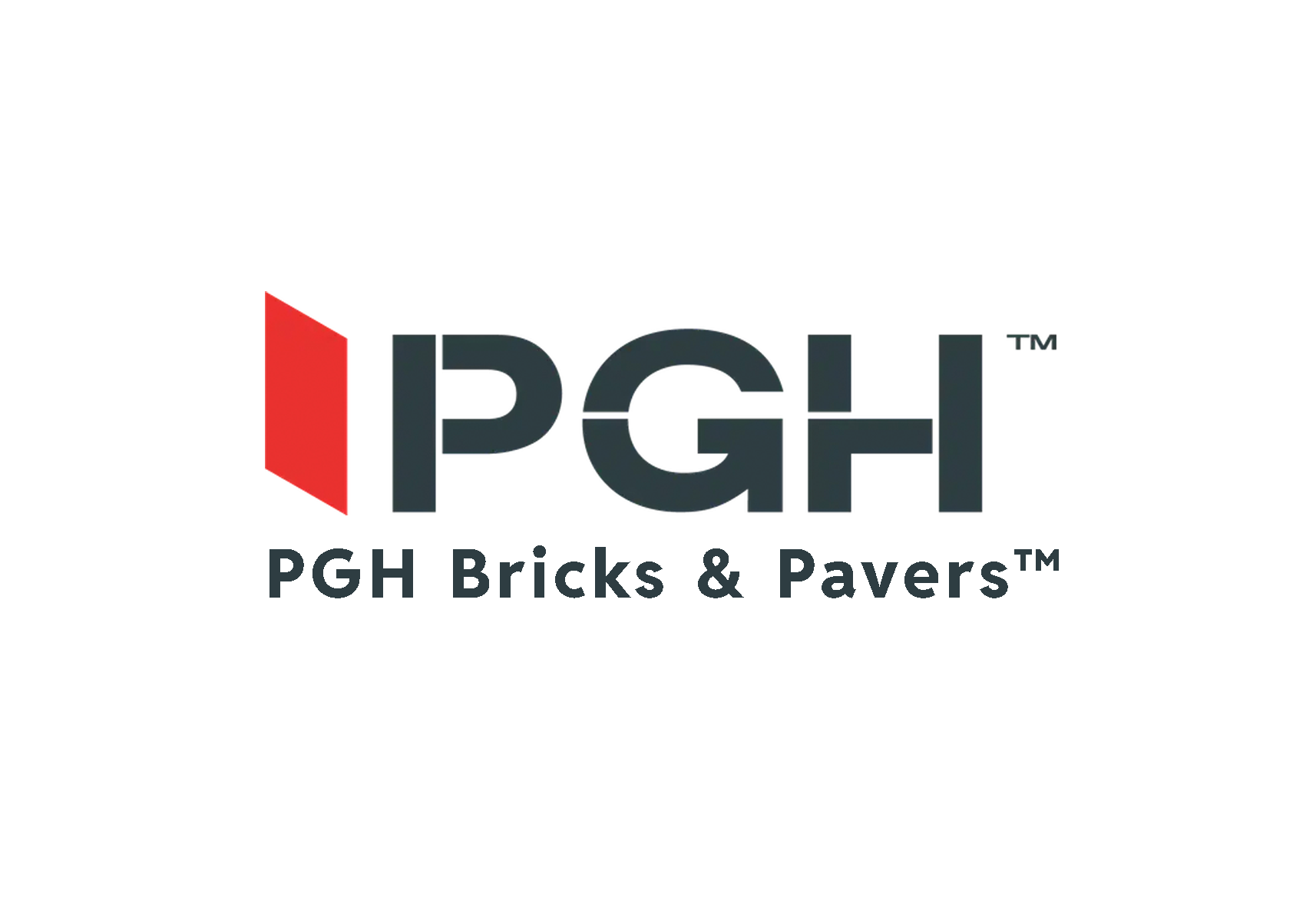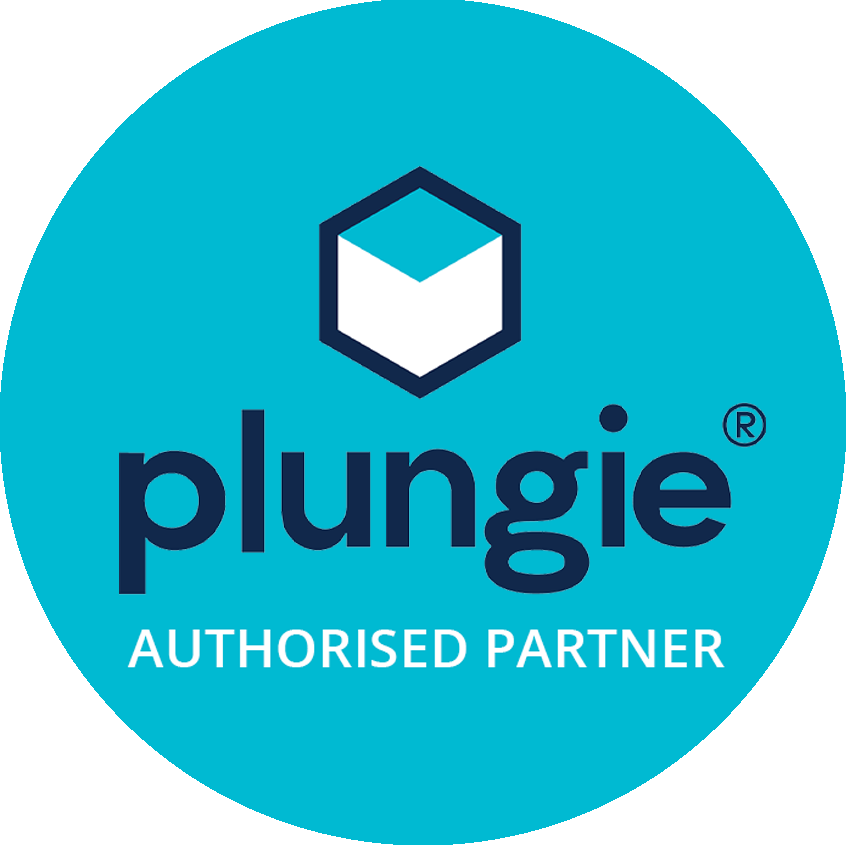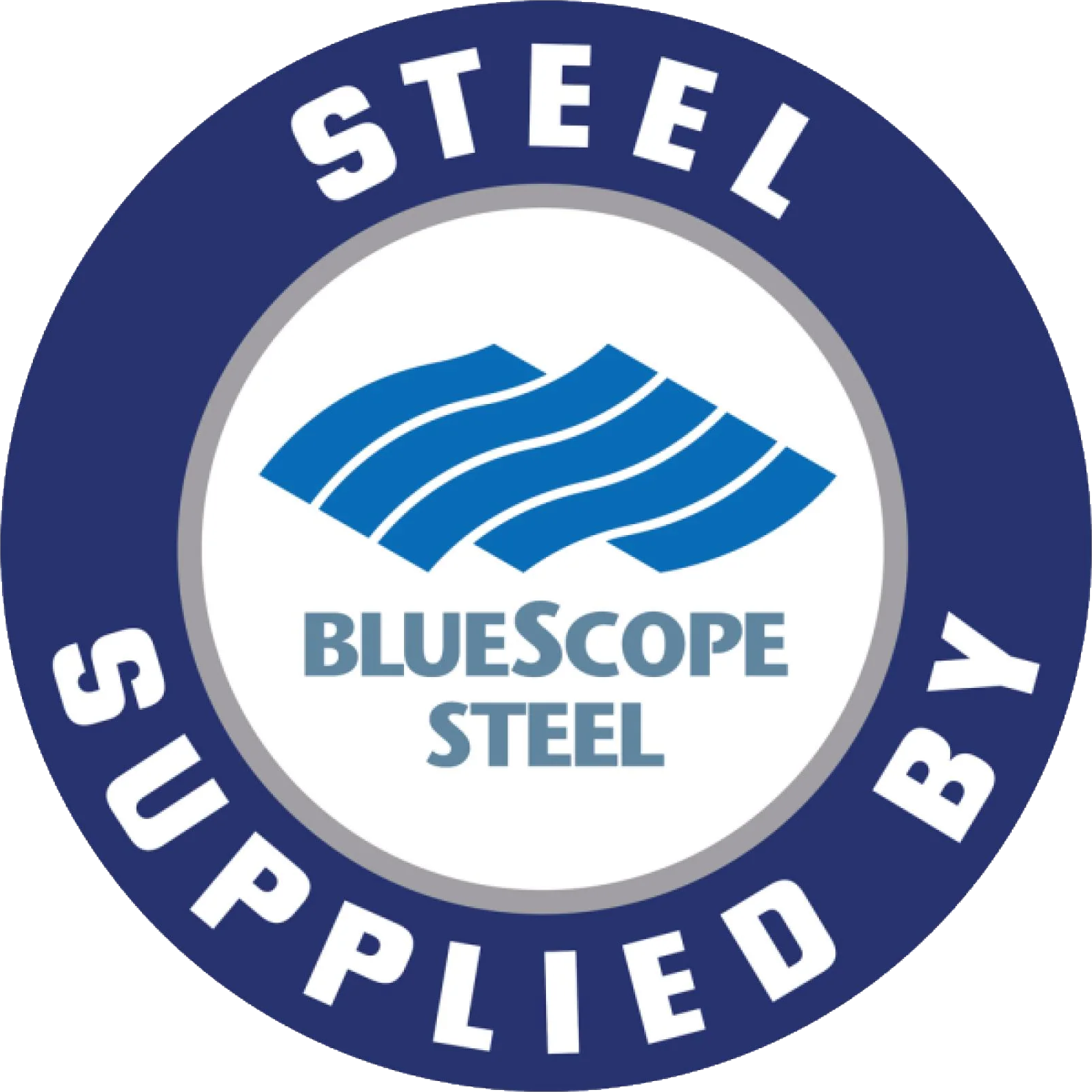How Interstate Migration Is Reshaping Queensland’s Building Industry
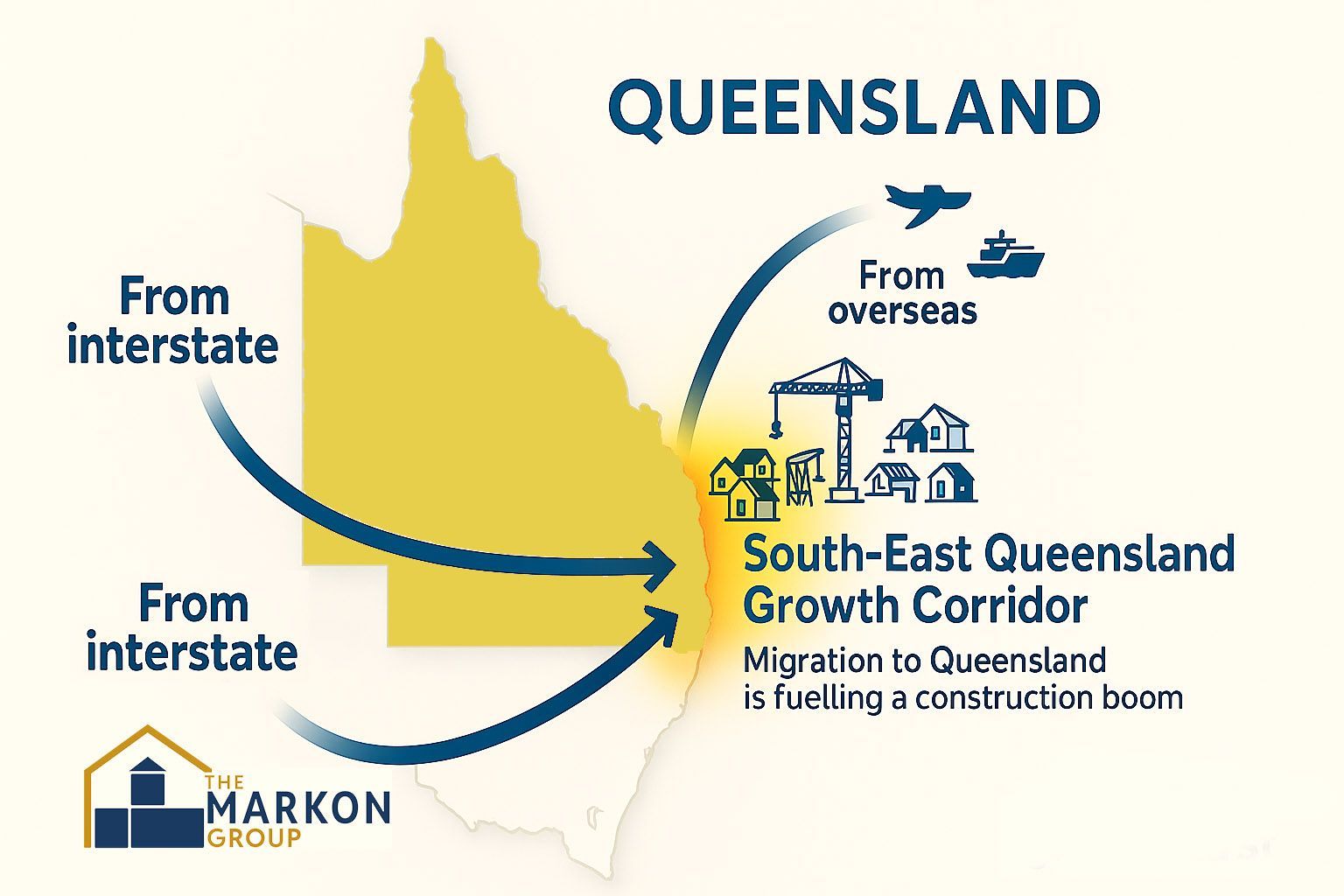
How Interstate Migration Is Reshaping Queensland’s Building Industry
Queensland has long been a lifestyle magnet, but the last few years have turned that appeal into a structural force for the state’s construction market. Net inflows from other states—driven by affordability, climate, flexible work, and business relocations—are changing what we build, where we build, and how we deliver it. For builders, developers, suppliers, and policymakers, understanding these shifts is now a core competency.
Below is a practical, industry-focused look at the effects of interstate migration on Queensland’s building sector—and how to position for the next cycle.
1) Demand Shock: More People, New Household Patterns
Household formation accelerates. Migrants don’t just add heads; they add dwellings. Interstate movers skew toward working-age professionals, families, and downsizers seeking lifestyle gains. That mix boosts demand for detached homes in growth corridors, low-maintenance townhouses near services, and well-located apartments that balance price with amenity.
Tenure preference broadens. New arrivals split between buying and renting, often renting first to “test” locations. This lifts pressure on the rental market and speeds up absorption for build-to-rent (BTR) projects, while still supporting owner-occupier estates.
Product expectations rise. Migrants bring design and amenity benchmarks from Sydney and Melbourne—think smarter small-lot designs, energy-efficient envelopes, premium joinery, EV-ready garages, and strata amenities with lower ongoing costs. Projects that look “standard” in Queensland terms can feel dated to incoming buyers.
2) Geography: Growth Corridors and the SEQ Gravity
SEQ remains the beating heart. Brisbane, Gold Coast, Sunshine Coast, Logan, Ipswich, and Moreton Bay capture most inflows thanks to jobs, universities, hospitals, and transport. Demand ripples outward along rail and motorway spines, creating “string of pearls” opportunities for staged subdivisions and medium-density pockets.
Regional Queensland catches spillover. Lifestyle towns with good digital connectivity (e.g., Toowoomba, Wide Bay–Burnett, Cairns fringes) attract hybrid workers and downsizers. The challenge here is sequencing infrastructure with growth so councils aren’t overwhelmed.
Infill vs greenfield. Interstate migrants with larger equity chunks often prefer infill with amenity and shorter commutes. But value-conscious families still drive robust greenfield demand, especially where schools, childcare, and retail catch up quickly.
3) Pipeline Pressures: Approvals, Lots, and Infrastructure
Approvals whiplash. Rapid demand exposes bottlenecks: planning backlogs, civil works capacity, utility connections, and flood-resilience requirements. Developers who lock in trunk infrastructure sequencing and engage early with councils reduce timeline risk.
Serviced land is the constraint. The issue isn’t raw land—it’s shovel-ready lots. Funding headworks, aligning with regional infrastructure plans, and standardising civil designs can shave months off delivery. Land partnerships (developer + builder + civil contractor) with shared KPIs are gaining traction.
Brownfield complexity. Infill sites may need remediation, acoustic treatments near corridors, or flood overlays. Early technical due diligence (Geotech, hydraulic, bushfire) is now non-negotiable to avoid redesign cycles.
4) Price & Program: The New Cost Reality
Build costs have reset. Even as material spikes cool from their peaks, labour scarcity and compliance uplift (energy, accessibility, resilience) keep baseline costs elevated. Migrant demand sustains volumes, limiting the depth of any downturn in trades prices.
Time is the silent margin killer. Interest carry, prelims, and overheads compound when approvals stretch or supply hiccups occur. Builders who standardise details, pre-order critical components, and use parallel rather than sequential approvals improve cash conversion.
Spec selection becomes strategy. Offering curated, pre-validated upgrade packs cuts variation drag and warranty risk. Migrant buyers expect choice—but within a disciplined palette that protects schedules.
5) Labour Market: Skills Gaps and Delivery Models
Trades are the pinch point. Structural carpentry, roofing, finishing trades, and site supervisors remain tight. Migration helps demand more than supply because many newcomers aren’t in licensed trades or choose other sectors.
Apprenticeships + fast-track pathways. Partnerships with TAFEs, targeted apprenticeship cohorts, and recognition-of-prior-learning programs are key. Builders that sponsor pipelines now will own capacity later.
Offsite construction steps up. Modular, panelised, and bathroom pod solutions reduce on-site labour intensity and are ideal for repetitive product (townhouses, walk-up apartments, social/affordable housing, remote/regional builds). For Queensland’s climate zones, DfMA detailing for cyclonic/wind categories and corrosion resistance is essential.
6) Product Shifts: What’s Selling to Interstate Migrants
Detached small lot with smart planning. Narrow frontages with functional storage, cross-ventilation, and outdoor rooms. Heat-smart roofs, shading, and ceiling fans trump ducted systems alone.
Townhouses with low running costs. Fee-sensitive schemes (efficient body corporate budgets), durable common areas, EV charging provisions, and pet-friendly bylaws. Designs that flex for multi-generational living win.
Apartment formats that “live big.” Efficient cores, dual aspect where possible, acoustic privacy, and balconies sized for real use. Communal storage, bike rooms, and co-working niches support hybrid work.
BTR and affordable. Migration supports stabilised occupancy for BTR, while government co-investment and inclusionary zoning can tip projects over the line. For affordable and social housing, speed of delivery and lifecycle costs are decisive—favouring prefabrication.
7) Compliance & Risk: Queensland Nuances Matter
Climate and resilience. Designs must address wind categories, bushfire overlays, flood resilience, and corrosion (especially coastal). Interstate plans often need re-engineering for Queensland conditions.
NCC and Queensland legislation. Energy efficiency updates, accessibility provisions, and product conformity requirements change detailing and procurement. For offshore/DFMA supply, ensure evidence of suitability, product certification, and a clean chain of custody to pass certifier scrutiny.
Builder solvency vigilance. Demand can mask thin margins. Transparent cost indices in contracts, escalation clauses tied to verified inputs, and milestone-based cash flows help keep builders solvent through the cycle.
8) Supply Chain: Diversify and Standardise
Dual-sourcing critical items. Windows/doors, framing systems, roofing, and wet-area packages need contingency suppliers. Hold template shop drawings so swaps don’t trigger re-documentation.
Local + offshore blend. Use offshore manufacturing for repeatable components (pods, cabinets, steel frames) and lock local capacity for site-critical tasks. Pre-qualification of offshore vendors against Queensland codes avoids surprises at handover.
Inventory as a strategic asset. For fast movers (fixings, membranes, tapware ranges), modest buffer stock shortens programs and protects against small disruptions that cause big delays.
9) Regional Spotlight: Practical Plays
Brisbane: Infill townhouses and mid-rise near transport; premium downsizer apartments in inner-south/inner-north; BTR close to employment hubs.
Gold Coast: Medium-density near light rail and coastal corridors; corrosion-resistant specs; balconies and shading are selling points; careful flood planning in low-lying zones.
Sunshine Coast: Owner-occupier apartments and small-lot detached; health precinct adjacency is a drawcard; strict attention to stormwater and coastal conditions.
Ipswich/Logan/Moreton Bay: High-volume detached and townhouses; value-engineered designs; early utility engagement; community infrastructure (schools/childcare) timing is critical.
10) Opportunities for Builders & Developers
- Standardise to scale: Create a kit-of-parts library (stairs, wet cores, façade panels) that works across wind categories, with pre-certified details.
- Promise speed credibly: Market program certainty—offer transparent timelines backed by offsite production slots and locked procurement.
- Energy & comfort as value, not cost: Sell lifecycle savings (insulation, glazing, fans, solar-ready roof trusses) that matter to interstate buyers used to higher energy standards.
- Data-driven land buying: Blend sales CRM, enquiry postcodes, and transport catchment data to prioritise sites where migrant demand actually lands.
- Partnership delivery models: Upfront MOUs with councils on trunk works; framework agreements with trades; DfMA partnerships with certified offshore factories.
- Aftercare as a differentiator: Interstate buyers prize hassle-free ownership. Offer digital defect logging, clear manuals, and responsive warranty windows.
11) Policy Levers That Help (and How to Engage)
- Streamlined approvals: Support code-assessable pathways for compliant small-lot and townhouse typologies.
- Infrastructure alignment: Advocate for forward-funded water, transport, and school capacity in growth corridors.
- Industrial land for offsite: Zoning and services for modular factories reduce transport and lead times.
- Certification clarity for DfMA: Standardised evidence-of-suitability packs for prefabricated elements to cut certifier friction.
Industry bodies and local councils are open to solutions that lift throughput without sacrificing quality—arrive with data, standard details, and a track record of compliance.
12) The 18–36 Month Outlook
- Demand stays above the long-run average, even if interest rates ease only gradually. Migration remains a structural tailwind.
- Cost inflation moderates but doesn’t reverse to pre-pandemic levels; labour stays tight, keeping emphasis on productivity and DfMA.
- Winners will be those who control time: approvals, procurement, and predictable delivery—plus products tuned to interstate expectations.
Final Take
Interstate migration isn’t a one-off surge; it’s redefining Queensland’s housing mix, delivery models, and quality benchmarks. For the building industry, the playbook is clear: design for Queensland conditions, industrialise delivery, de-risk approvals, and communicate lifecycle value. Do that, and the state’s population tailwind becomes your competitive moat.
Reach out to our team by contacting us anytime below
